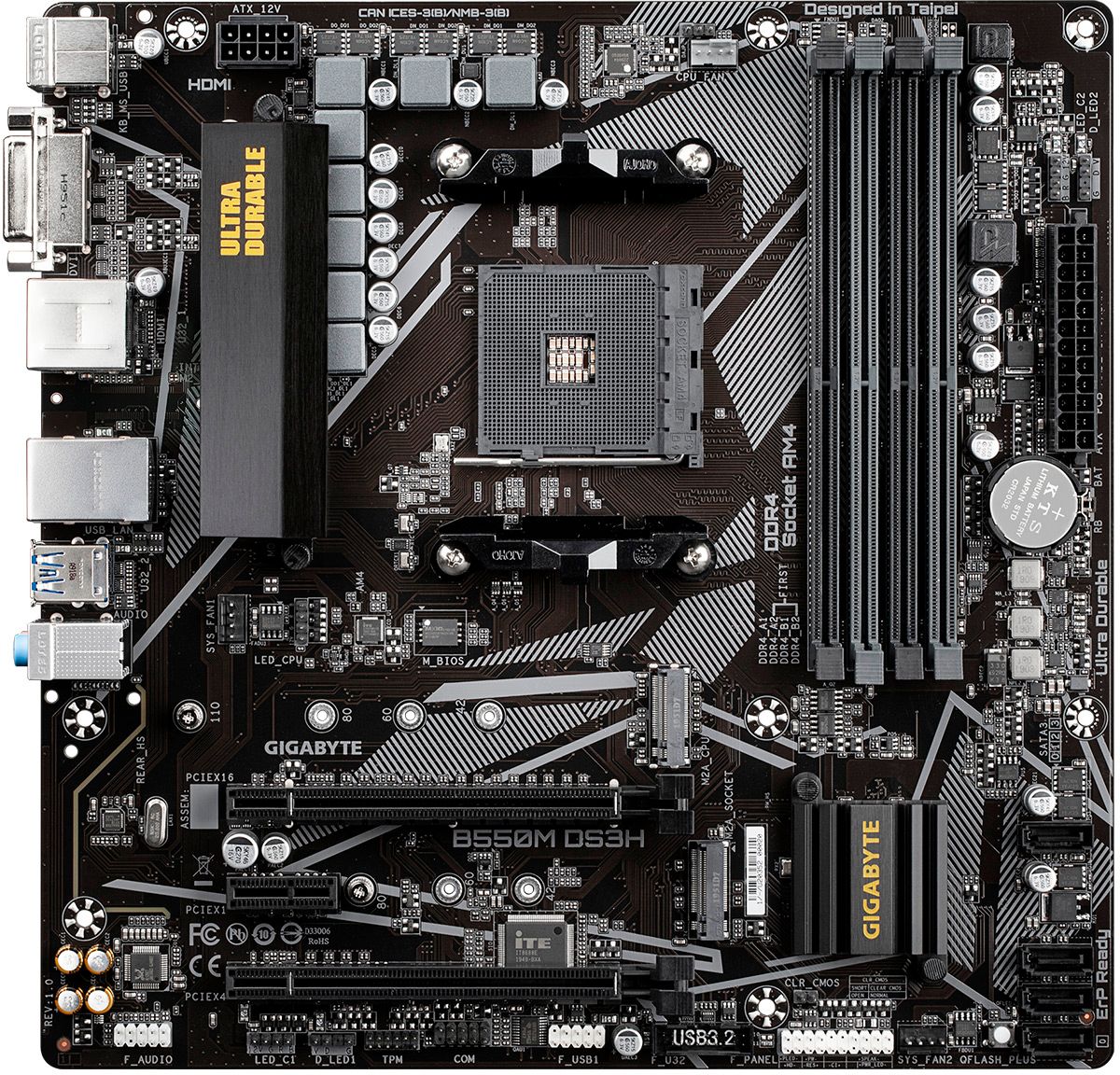What is the motherboard?
The Motherboard, undoubtedly the most integral and significant part of the whole system. While it isn't
the sole holder of the 'without this component, the whole system would cease to function' title (other
components that also hold this title being the CPU and RAM to name a couple) the motherboard is also what
coordinates the interactions between components and directs these components what to do.
It is able to do this because it acts as the interface for all the different components allowing the
different hands of the system communicate with one another. Similar to how our brains are the interface for
our whole bodies and is how different organ systems of the body communicate and coordinate with each other.
This section will cover the basics of the motherboard including all the different parts that it is made up of
and how to install it.

What does the motherboard do?
For everything the motherboard is responsible for, it is practically a computer in it of itself.
The motherboard oversees the operation of the WHOLE system; making it the backbone of the computer.
which means no motherboard, no computer.
These are just some of the tasks the motherboard is responsible for overseeing:
- Act as the "central hub" of the computer, everything is connected to the rest of the system
through the motherboard, allowing all the other components of the computer to communicate.
- In addition to being the connection hub of the computers components, it is also the
communication hub for the other modular parts. The parts send/receive data through the
motherboard and the board then organizes, manage, and prioritize the data.
- Manage all the subsystems of the computer and ensure that each subsystem gets everything that it
needs to function properly, the most important one being power distribution.
- In addition to being the 'hub' for all the required components to function, it is also a
platform that provides expansion slots which are slots in which other devices or interfaces
can be installed.
- The motherboard also stores the BIOS (Basic Input/Output System) which is a piece of memory
that should never be touched if you do not know what you are doing. The BIOS is what tells the motherboard
what to do in the initial stages of booting. If the BIOS is flashed wrong, where flashing is the
process of setting the BIOS, the computer won't even boot, and if there is no external method to flash
the motherboard, the board is bricked, or unusable even though there is nothing actually wrong with
component. Though we're getting ahead of ourselves here, as the BIOS is more of an advanced topic, so
we don't have to worry about that at the moment.
The different parts of the motherboard
The motherboard, much like our brains, is a very complex piece of technology, something it needs to
be as it's the main printed circuit of the computer. Like how there are many parts
of the brain, the motherboard also can be divided into different parts. The motherboard can be divided into
the following parts, all of which will be covered in greater detail in this section:
- Chipset
- CPU Socket
- DIMM Slots
- PCI Slots
- Connections
- Back I/O Panel
